What you'll learn
Create robust and reusable components with advanced techniques and learn different patterns to reuse common behavior
Interact with a remote server and fetch and post data via an API
Seamlessly test React applications with React Testing Library
Integrate commonly used React libraries to streamline your application development







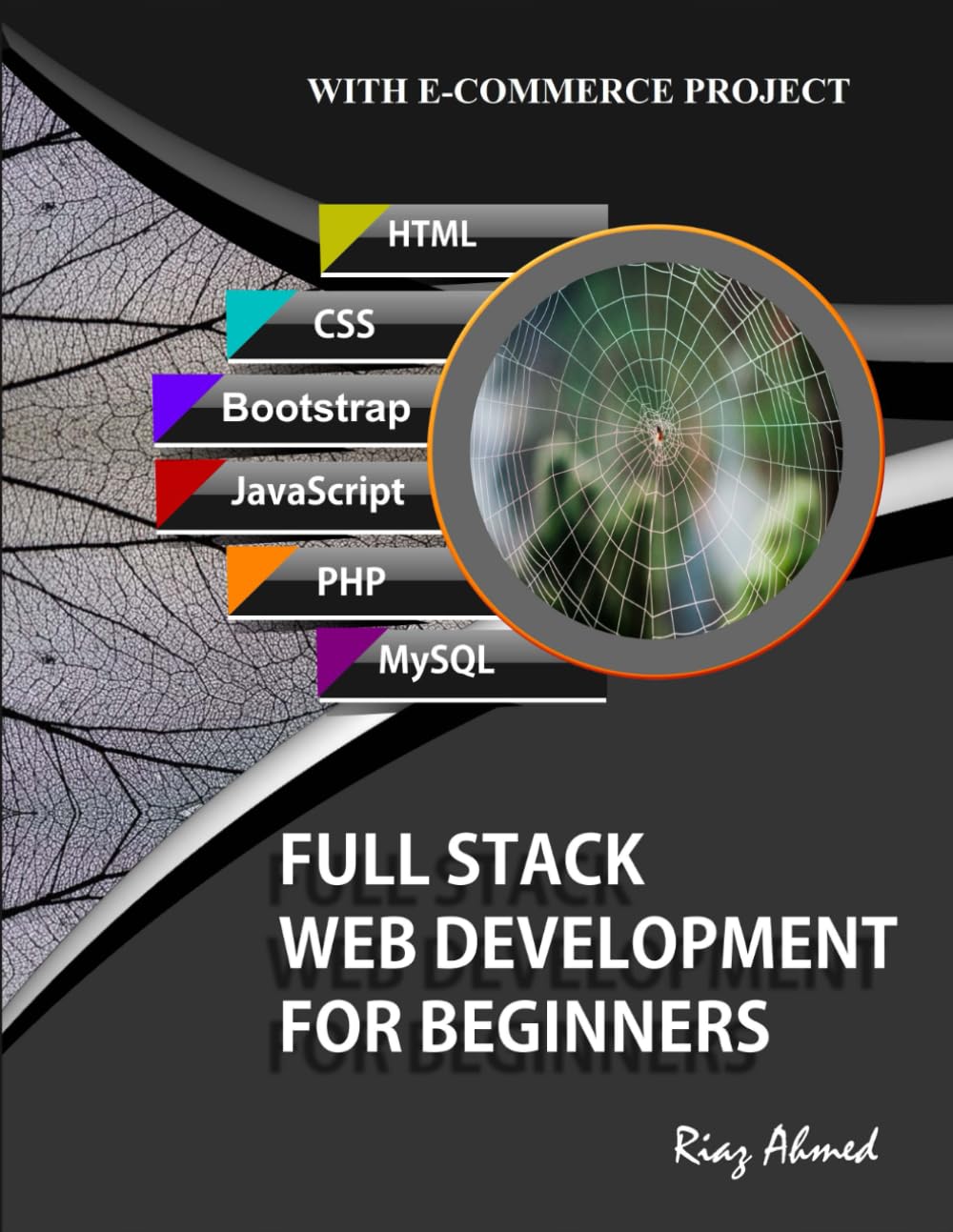


.jpg)
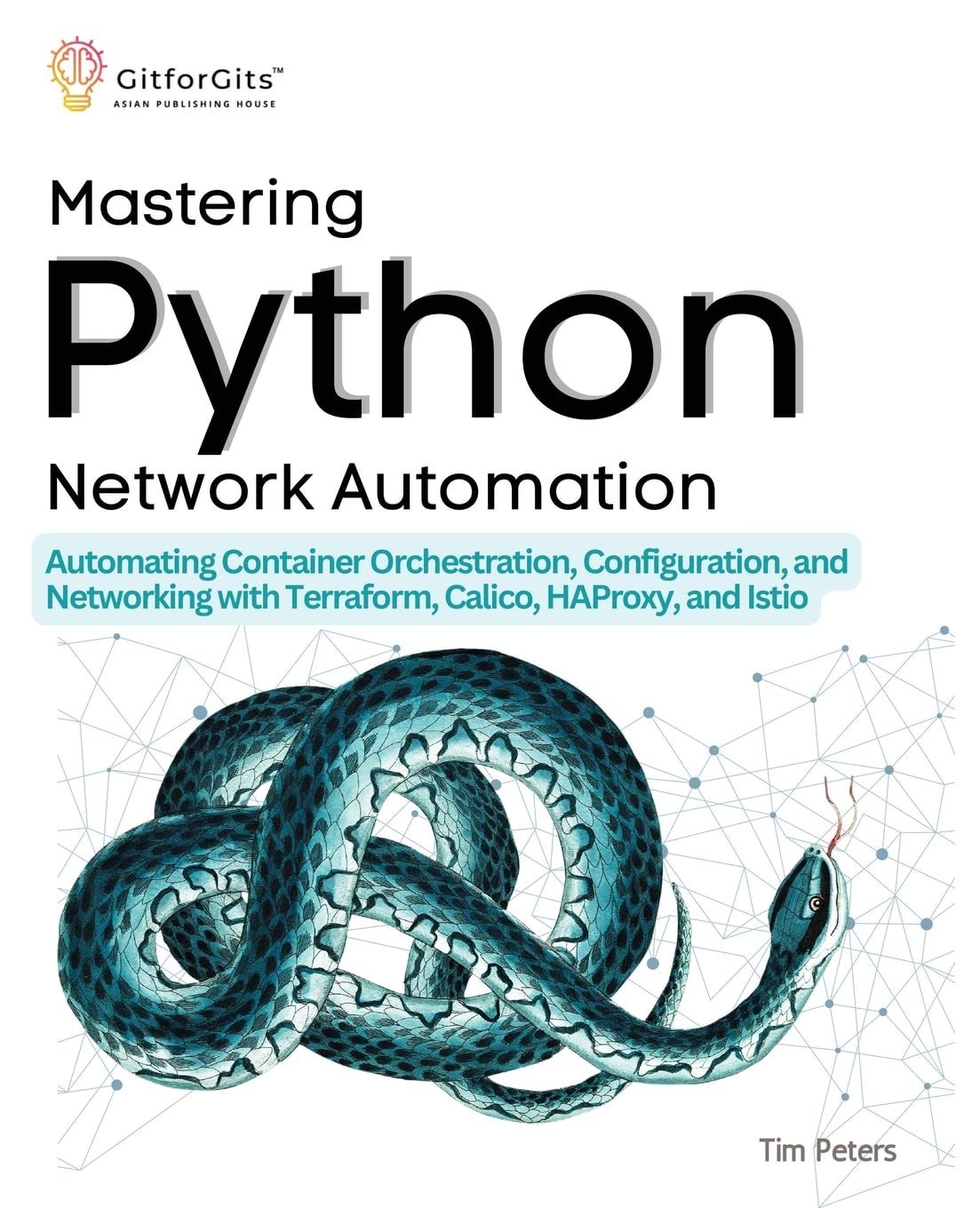

.jpg)





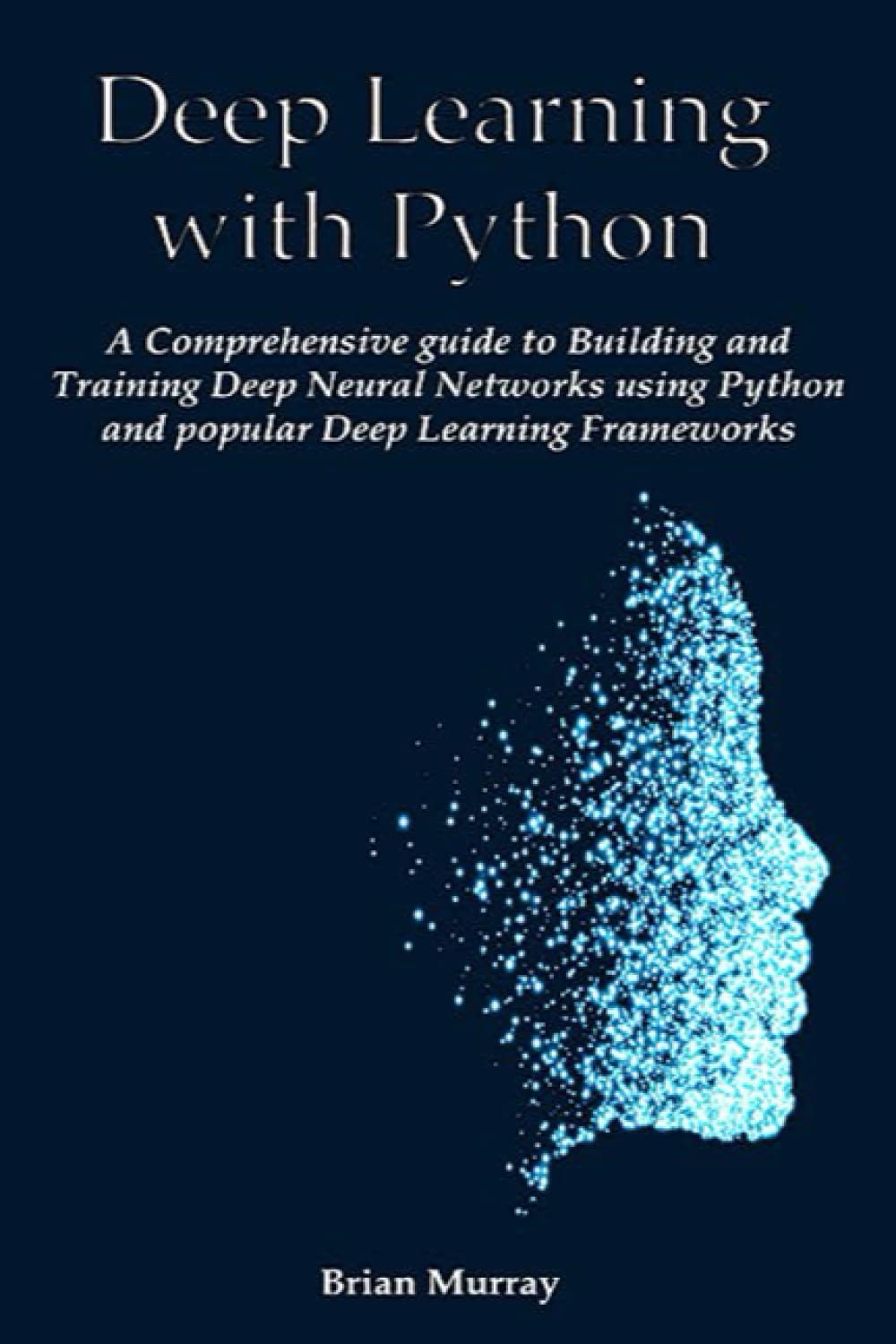
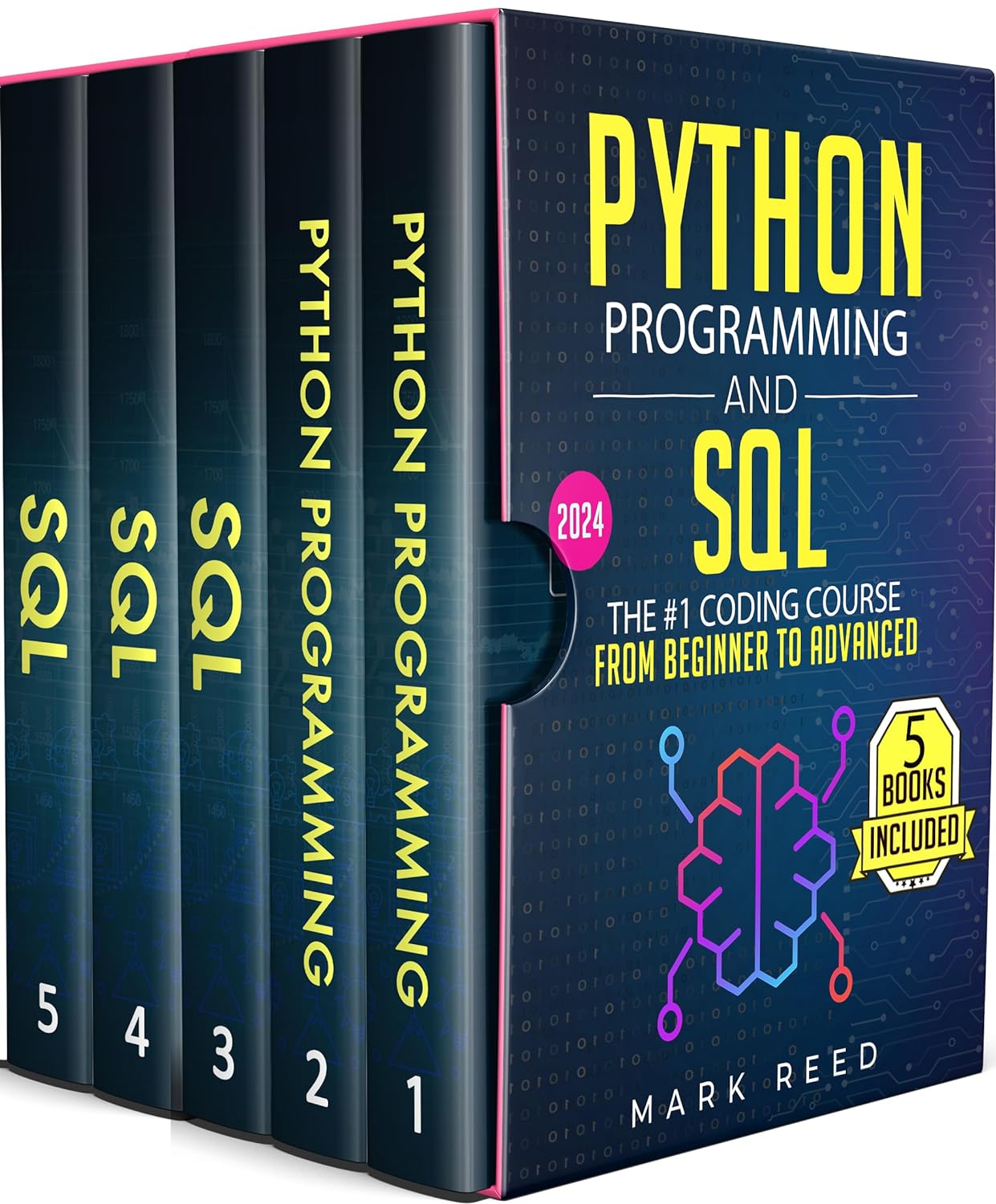%20(Computer%20Programming).jpg)




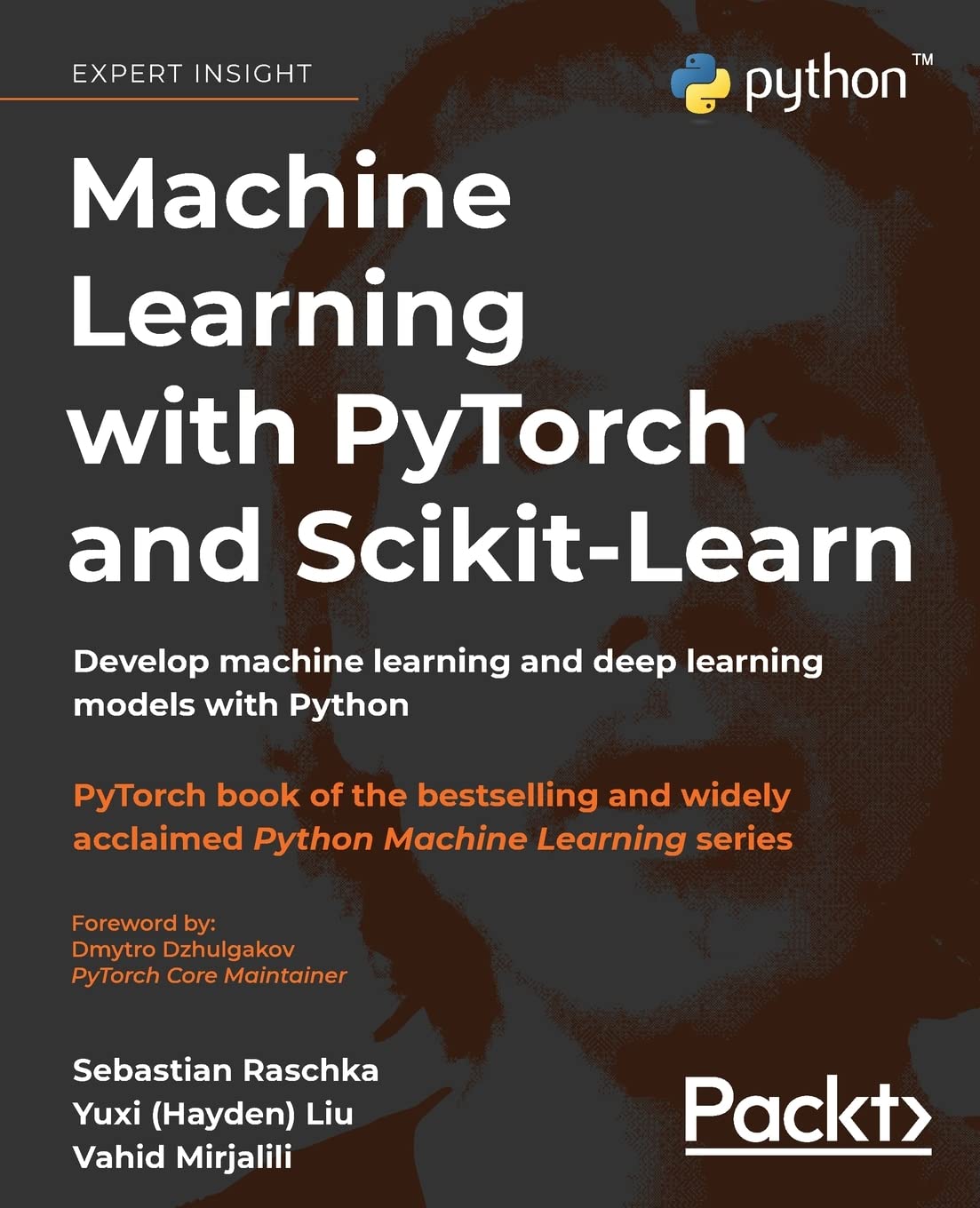


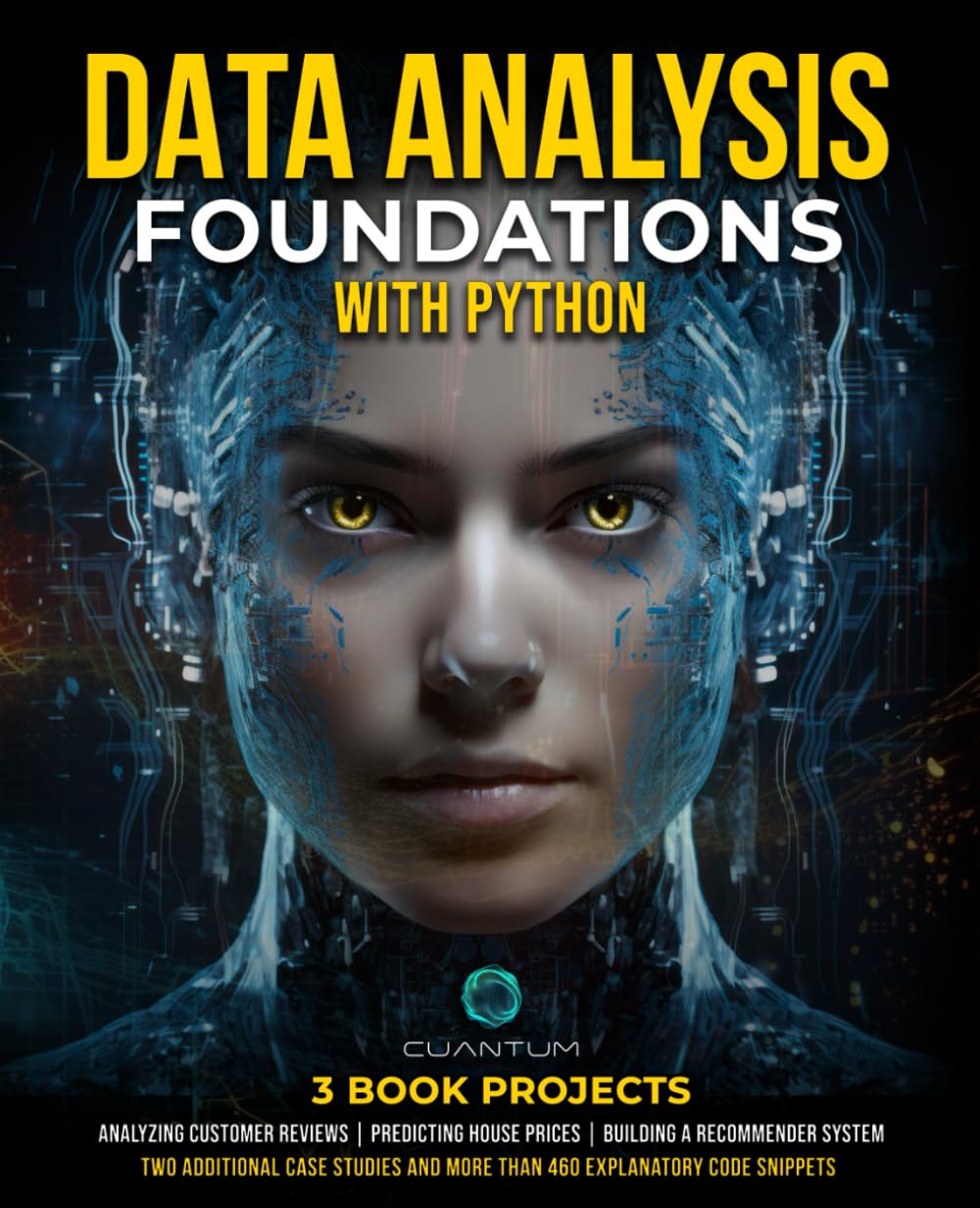
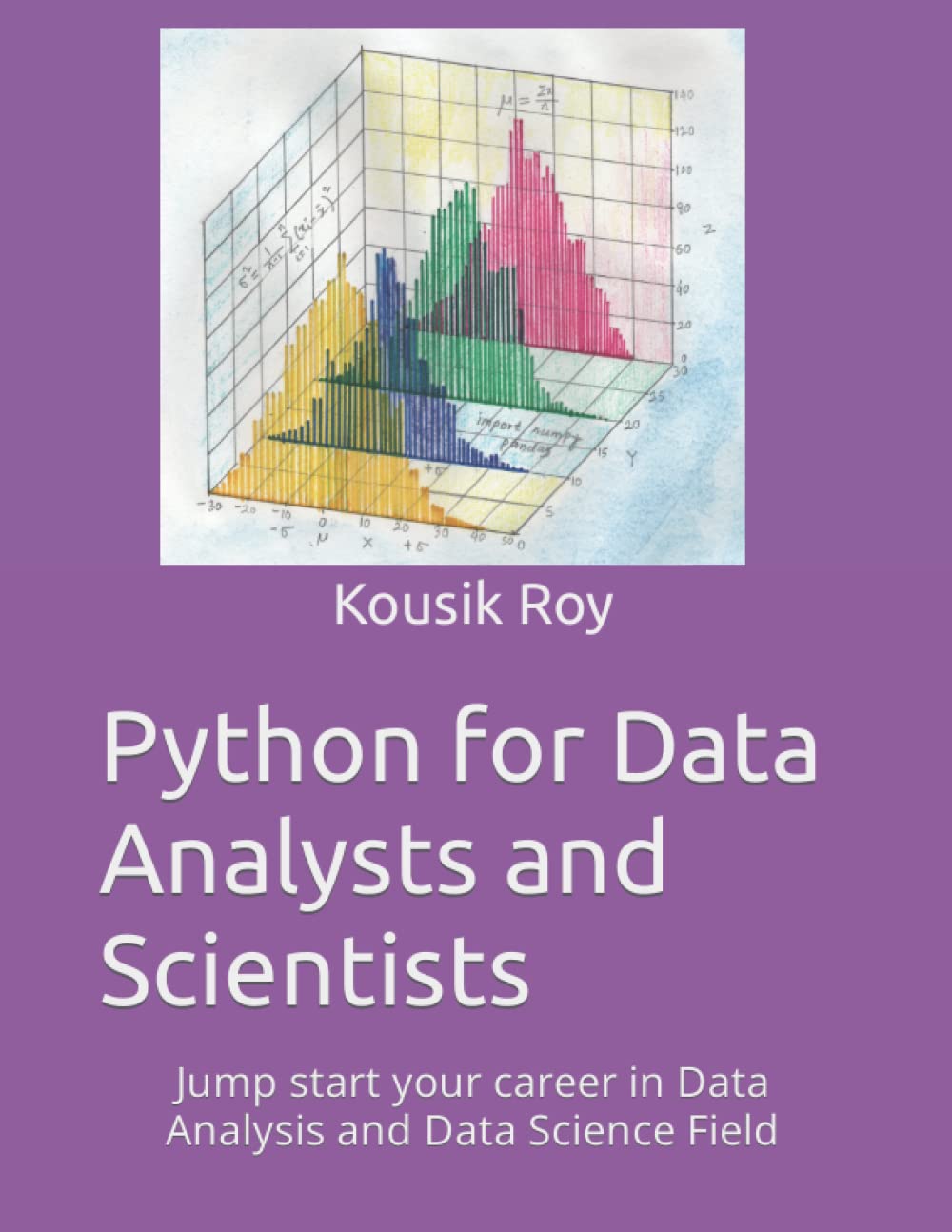


.jpg)
















.png)









.jpg)
















